'Star Wars' sound designers reveal the secret sounds used to bring BB-8, porgs to life in ABC News documentary
The DNA of Skywalker Sound goes back to 1975.
— -- When a 16-year-old Matthew Wood applied for a job as a quality assurance technician in February of 1990, he had a suspicion who he might be working for. But he wasn’t sure he was qualified.
Outside of playing a ton of video games, he had zero work experience and had never created a resume.
“I asked my dad, ‘What else should I put on my resume?’” Wood told ABC News. “He said, ‘Put some special facts about yourself.’ And I said, ‘Special Facts: In excellent health, living with parents.’”
Wood faxed his resume to a number in Nicasio, California, which a little sleuthing told him was either a dairy farm or -- more likely -- Skywalker Ranch, the mythical filmmaking campus owned by "Star Wars" creator George Lucas.
“Somehow, they called me back,” he said.
Twenty-eight years later, Wood still drives the winding ranch roads, past vineyards and a pond dubbed “Lake Ewok” to reach his office. Since starting as a video game tester, he’s now worked his way up to supervising sound editor at Skywalker Sound, the cutting-edge production company where hundreds of filmmakers come every year to edit and polish the soundtracks of their movies.
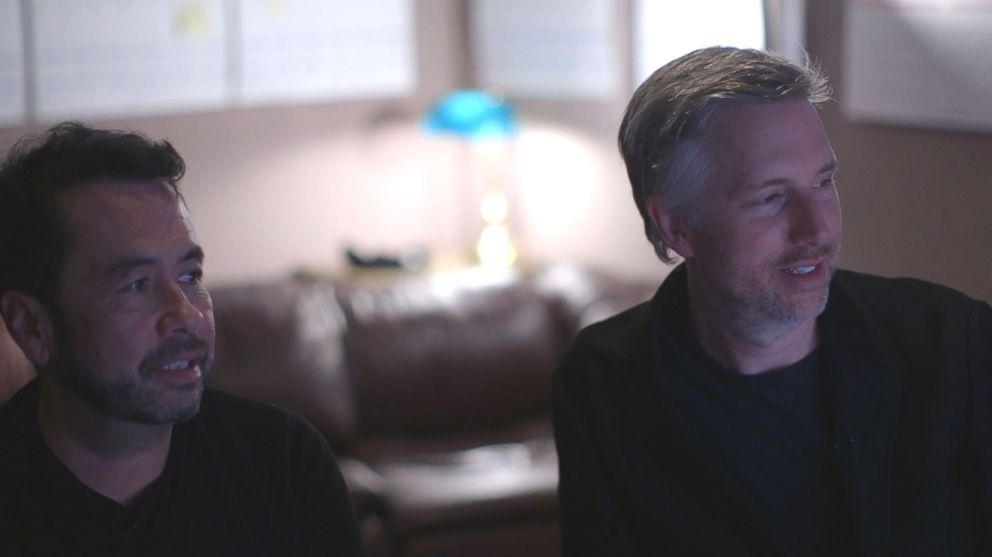
The team working with Wood and sound designer Ren Klyce recently completed work on “Star Wars: The Last Jedi,” garnering two Academy Award nominations. Klyce and Wood were nominated for sound editing. Klyce, David Parker, and Michael Semanick were nominated for sound mixing.
While the whiz-bang visual effects by Industrial Light and Magic — or ILM — often get the most attention in a "Star Wars" film, Wood says sound design plays an equally important role in storytelling.
“Sound is an emotion, like a subconscious force,” Wood said. “You hear it and it’s a pure feeling. And we can get away with a lot of different things that can convey emotion that visuals can’t.”
The DNA of Skywalker Sound goes back to 1975, when Lucas hired now-legendary sound designer Ben Burtt to build a giant library of sounds for the "Star Wars" galaxy: blasters, lightsabers, droids, spaceships and wookiees.
The “The Last Jedi” script required the Skywalker Sound team to come up with effects for a variety of new alien creatures.
On a Skywalker Sound Foley stage, artists use a variety of props to perform thousands of sound effects that Wood describes as the “glue” of a soundtrack. Whenever a character picks up a lightsaber, flicks a switch or takes a step, it’s performed by a Foley artist to match the action on screen.
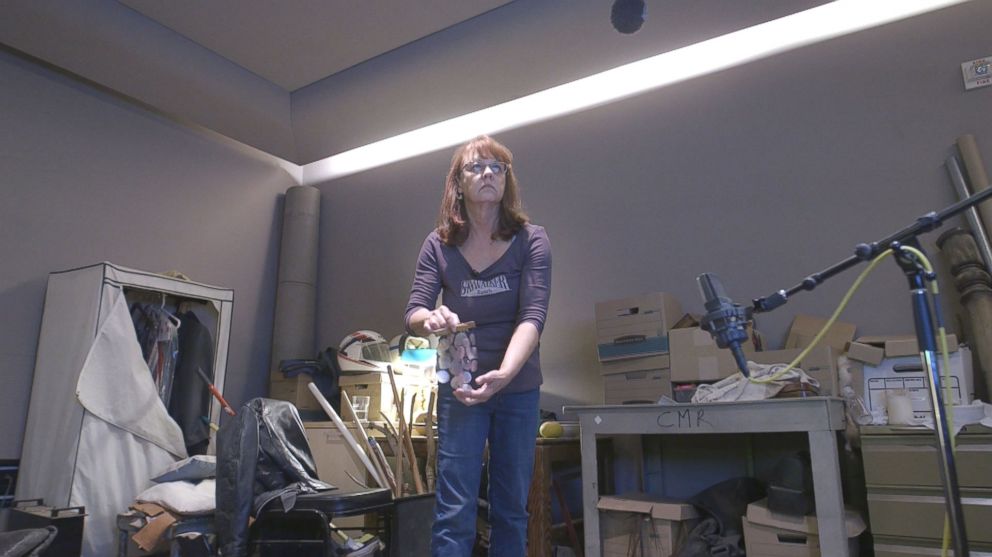
Foley veterans Margie O’Malley and Ronni Brown discovered wind chimes that were perfect for the Vulptex, a fox-like animal completely covered in crystals.
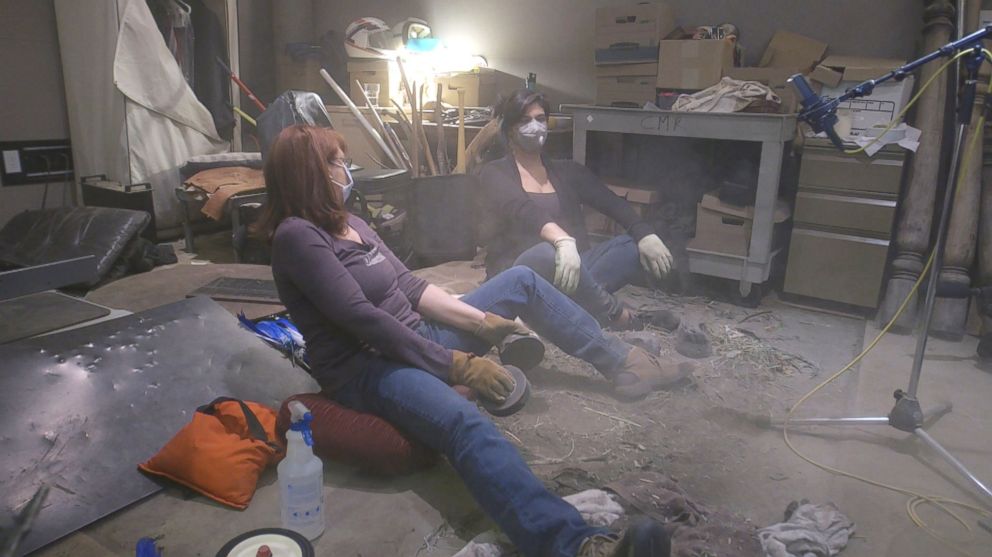
Sound editor Coya Elliot recorded Skywalker Ranch chickens that eventually became the seabird-like porgs.
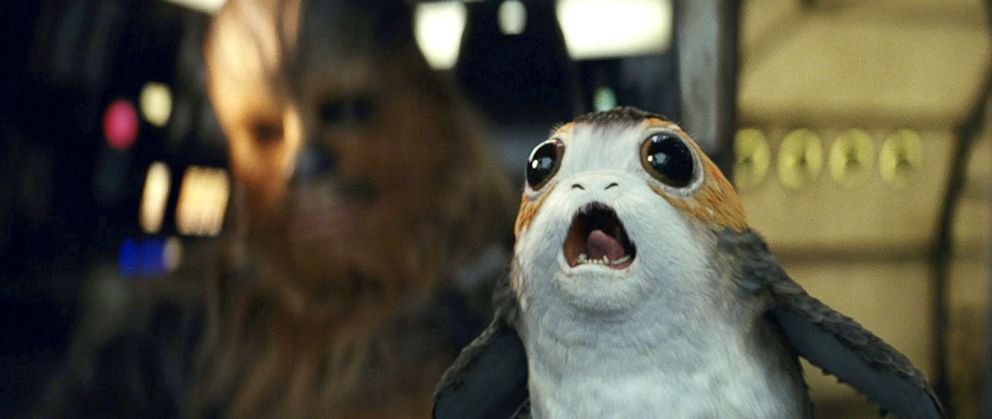
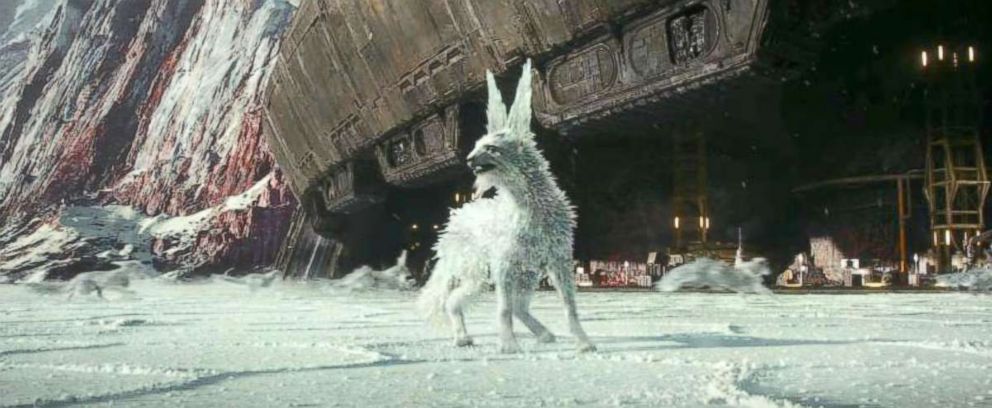
“What’s so wonderful about sound is that when it is done right and when it is married to the picture in such a way, people just accept that what they’re seeing is making that sound,” Klyce said.
In some cases Klyce and Wood, working with director Rian Johnson, found ways to use near-silence to create certain emotional effects.
“We have multiple moments in the film when we really try to take it down into almost this vacuum, to this isolated moment of vulnerability and intimacy,” Wood said.
Many of those moments -- like the “Force connection” scenes between Kylo Ren and Rey -- Klyce credits to Johnson.
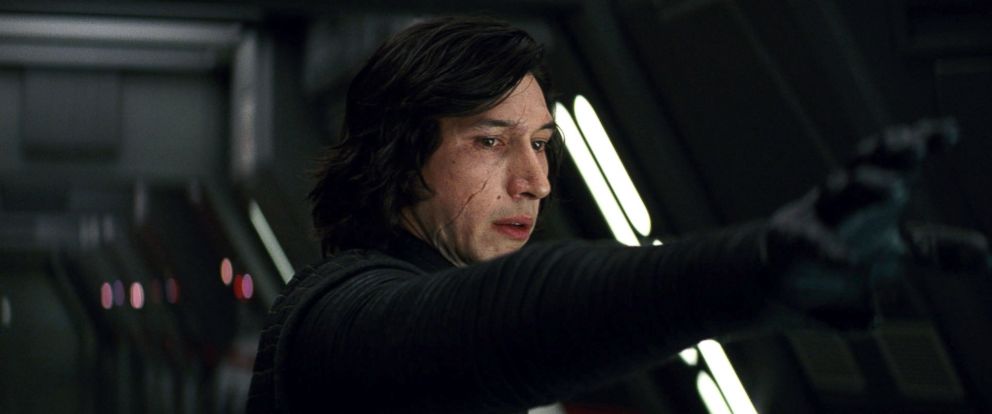
“That came about first and foremost from wanting a sense of intimacy, and wanting a sense of, we’re going to connect these two through this weird interstellar walkie-talkie Force power," Johnson said. “What’s the simplest way that we can make the world go away so that these two are just separated by a few feet? And my mind immediately went to, OK, what if then the sound vanishes?”
“It was a fun process to go through,” said Klyce. “He was the one who drove that, you know? We get to take credit for it but really he created that.”
Johnson said one of those near-silent moments -- he calls it the “Holdo maneuver” -- was an idea he came up with when he was writing “The Last Jedi.”
“This Holdo maneuver is something that has arguably never been done in this world,” Johnson said. “This whole thing takes place in like a fraction of a second, communicating that it’s outside of time, this moment. The sound going away for that, and then only catching up with us once we cut to that big wide shot, seemed really enticing.”
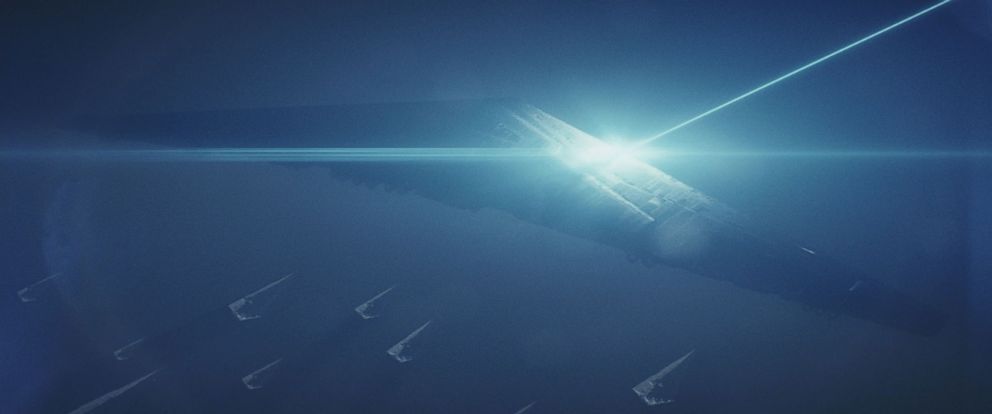
Skywalker Sound also gets high marks from ILM visual effects guru John Knoll, who said the right audio helps “sell” the illusion of computer-generated scenes.
“Good sound helps add richness and believability to the images you are seeing and do a lot to convince your brain that what you are seeing is real,” Knoll told ABC News. “The sound of rending metal and cracking glass can create the illusion that you're seeing more detail in our crashing spaceship shot than there really was because our friends at SkySound are using a different pathway into your brain to convey that information."

Klyce said he’s not bothered when audiences don’t notice all of the team’s hard work.
“I think that it’s a good compliment,” he said. “If your work is invisible that means that you’re doing your job properly and that it’s actually working."
Johnson said it’s hard to describe just how much sound brings a movie to life.
“It doesn’t feel like a movie until you get that sound mix tuned in,” Johnson said. “And it’s hard to describe why. It’s kind of magical. It’s kind of what’s fun about it, I think.”
Skywalker Sound and Lucasfilm are both divisions of ABC’s parent company, Disney.




